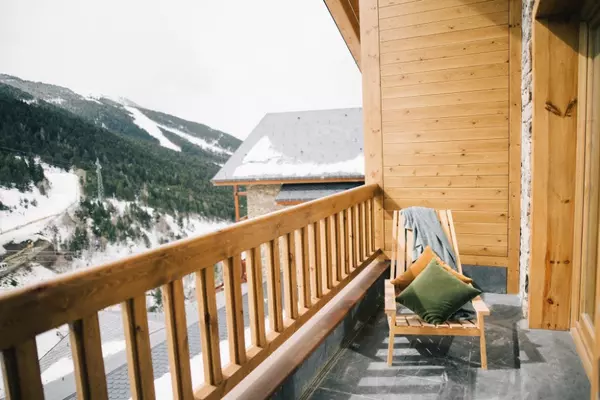Protect Your Home from These Common Weather Issues
If you’re a homeowner, your home is most likely your biggest investment—maybe even the biggest of your life. It goes without saying that protecting that investment is a priority. And when inclement weather comes your way—particularly weather like cold temperatures, rain and high winds—it can do a number on both your home’s exterior and interior. In order to make sure your home is protected from harsh weather, Team Stiles brings you a list of common issues to be aware of, as well as tips on how to maintain your home’s condition.
Roof
Roofs often take the brunt of inclement weather. During winter storms, for example, winds and ice have a way of working into a roof, filling the gaps between the shingles with water. During an ice dam—which is when melted snow slides down the roof and freezes on the roof’s edge—water is driven under the roof. This not only harms the shingles, but it can also cause major leaks and water damage. Thunderstorms during the spring bring heavy rain and wind, which can also do a number on your roof.
If you experience problems with your roof after harsh weather conditions, it’s essential to bring out a professional to inspect it, especially if you ever plan to sell the home. And if you live in a highly competitive market, maintaining your home and making any necessary repairs is even more important. A roof in disrepair is a bargaining chip for buyers, so unless you’re prepared for a price drop, you’ll want to address problems before listing your home.
Siding
Like the roof, a home’s siding is its first line of defense against the elements. During harsh weather, siding can be damaged in several different ways. For example, wood, vinyl and aluminum siding can all be dented or cracked by falling tree limbs or large hail. Also, any places on wooden siding where paint has peeled are subject to rot during times of heavy rain. This is because moisture can quickly set in and spread in those places. The cost for siding repairs varies greatly, depending on the extent of damage and type of siding, but it’s important to get it repaired promptly or else it can compromise the condition of your home.
Foundation
A home’s foundation develops hairline cracks over time as the home settles. The tiny cracks can fill with water when it rains during the spring and summer. During the winter, however, water freezes and expands, causing the cracks to widen. Since the foundation is a critical structural element of any home, damage to the foundation should be addressed as soon as possible to help prevent severe structural problems.
Pipes
Coming into some colder weather, frozen pipes could be another serious matter. When a pipe freezes, it’s typically not as simple as calling a plumber out for a quick fix. Even the smallest of cracks in your water pipes can result in flooding, structural damage and mold. Here are a few ways to protect your pipes during winter:
● Learn about local plumbing companies on a site like Angi so that you can have a reputable plumber on speed dial should a disaster strike.
● Disconnect all your garden hoses from outdoor faucets before.
● Make sure all pipes in the crawl spaces and attic are heavily insulated.
● Consider using heat tape or heat cables to wrap pipes.
● Set outdoor faucets to drip warm water overnight.
● For any pipes near exterior walls (e.g., under sinks or appliances), open the cabinet doors periodically to let in warm air.
It’s a simple truth: Weather can wreak havoc on your home. Be sure to keep an eye on your home during times of harsh weather—particularly the roof, foundation, pipes and siding. If you run into any problems, call a professional as soon as you can to remedy the situation and preserve your biggest investment. Taking care to protect your home will help you to save money in the long run and allow you to sleep soundly at night.
Photo Credit: Pixabay
Categories
Recent Posts










